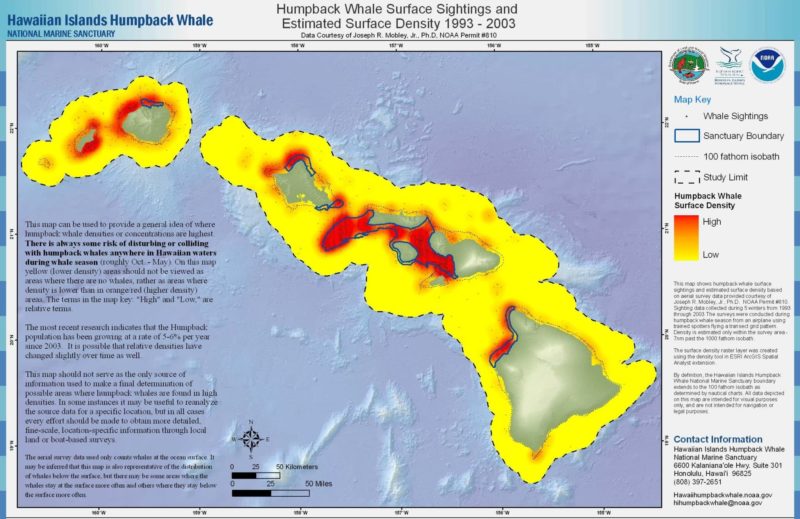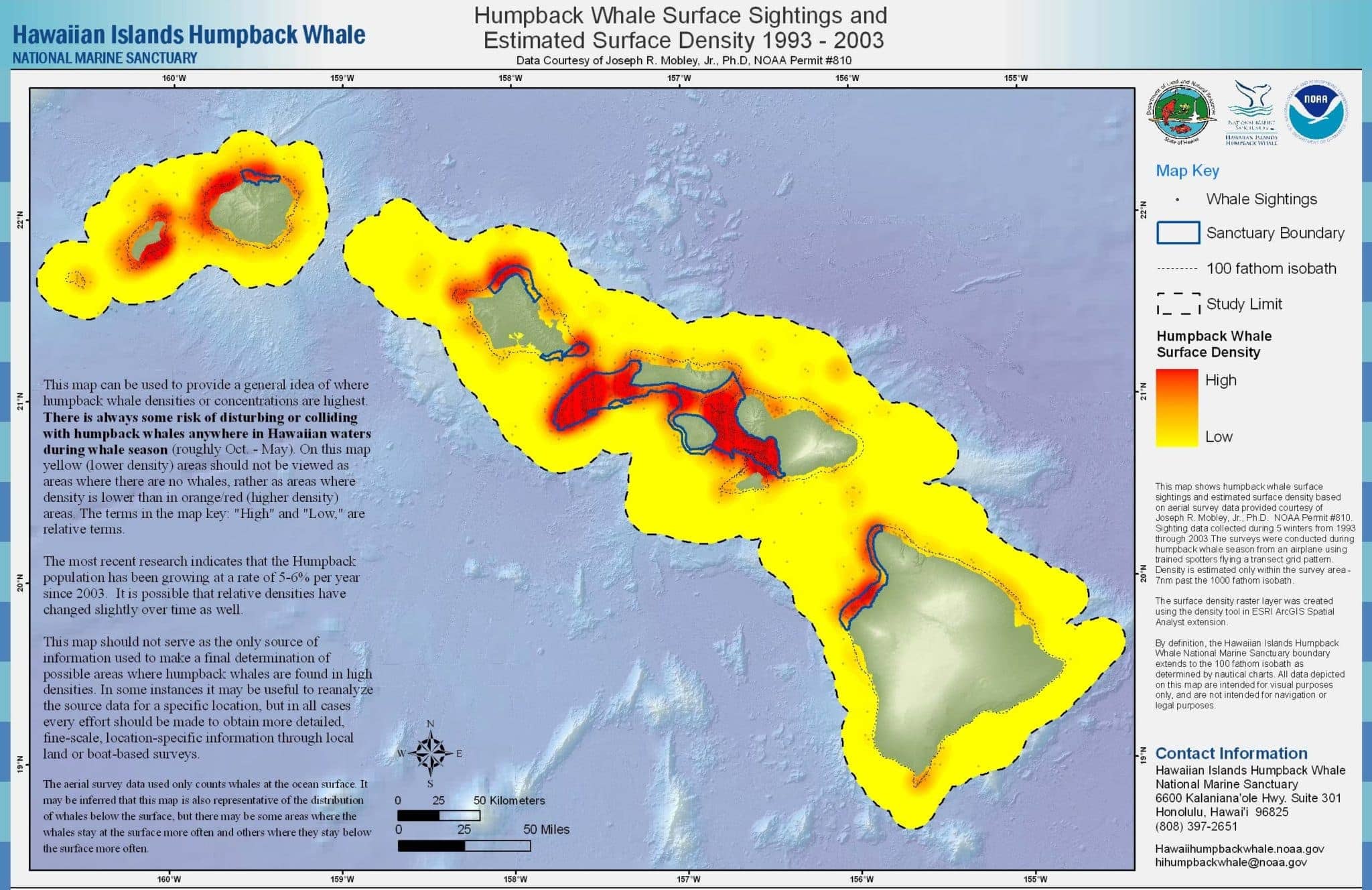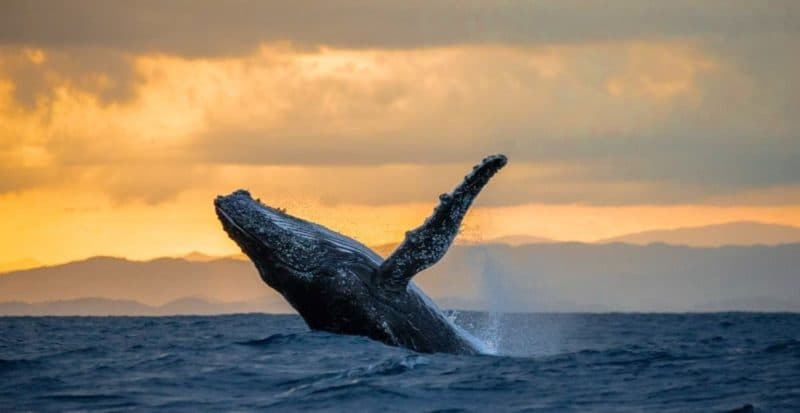Whale watching is an activity that allows you see these enormous mammals in their natural habitat and play a role in their conservation. Because your time is valuable we give you these 6 tips on whale watching to allow you to make the most out of your time:
Table of contents
- Know when whale season is
- Know where to see the most whales
- Pick good weather for whale watching
- Bring all the gear necessary for a comfortable whale watching trip
- Know the different kinds of stunts humpback whales perform
- Know how to pick a tour operator that cares for the whales
Table of Contents
- Know when whale season is
- Know where to see the most whales
- Pick good weather for whale watching
- Bring all the gear necessary for a comfortable whale watching trip
- Know the different kinds of stunts humpback whales perform
- Know how to pick a tour operator that cares for the whales
Did you know that a whale is more closely related to a giraffe than to a fish? If you want to learn more about humpback whales, we recommend our Humpback Whale 101 guide. This guide to whale watching gives you a broad popular scientific background on humpback whales and more whale watching (and listening!) tips.
Without further ado we give you our checklist to make sure you have a great whale watching experience. We advise you to:
[1] Find out when whale season is
This is our most obvious but most important tip: Know when and where to look for whales. Whales are migrating animals and typically divide their time between a summer and winter hangout.
The north pacific Humpback whales spend their winter in Hawaii between November and May, but there are many more whale populations. Have a look here to see where humpback whale population around the world spend their summer and winter.
[2] Find the favorite whale hang out on Hawaii
This is a tip especially for those of you that want to go whale watching in Hawaii. During 1993 and 2003 Dr. Joe Mobley from the University of Hilo conducted an aerial survey of the whales around Hawaii. On the following map you can see where he found the most whales:

This map shows where you can best see whales on Hawaii. The red zones are the best spots to see whales, the yellow zones also have whale sightings but relatively less. The aerial survey data was collected by Dr. Joe Mobley from UH during 1993 – 2003 and the density surface was developed by the Hawaiian Islands Humpback Whale National Marine Sanctuary
There are still whales within the yellow contours, but less so compared to the red zones.
- On the Big Island, the Kohala coast and north Kona are the best places to watch whales. Hilo and green sand beach are good alternatives.
- On Oahu, you want to go to the north shore.
- On Maui, the west coast is a true hotspot for whales (see also our guide to Maui whale watching tours).
- On Kauai the north and west coasts offer great whale watching.
[3] Mind the weather
Rough seas or high winds make it more difficult to spot whales. Have a look at the weather forecast and choose the calmest day to go whale watching.
[4] Pack the proper gear
Preparation, preparation, preparation… Have a look at our next tips to complete your packing list and to go whale watching in style and comfort.
Sun protection
While on the water you are always in need of good sun protection because, as the sunlight reflects back from the water, it has a more intense impact than on land. Be sure to bring a hat, sunglasses and sunscreen. Polarized sunglasses are best for whale watching as they filter out he sun reflecting from the water.
Camera
Taking good pictures of whales is more difficult than it seems. Often the whales are far away and their stunts only last seconds. You have to bring a camera with good zoom and have a quick aim + focus to make better pictures. If the whales are closer, making pictures becomes much easier. Sometimes it’s easier to shoot a video because you don’t need to timing needed for taking photos.
as important: don’t spend all your time looking through your camera! Put it away every now and then and enjoy the show with your own eyes.
Binoculars
Binoculars are great for zooming into a whale as soon as you spot one, so bring a pair of you have them! Binoculars allow you to study the whale behaviors far better, but don’t overdo it because looking through binoculars while on the water can make some people seasick
Food & beverages
Bring bottled water, snacks, and a bag for your trash. Most whale watching tours also offer food and drinks on board, but they don’t know what you like best!
Clothing
What to wear really depends on the weather conditions, but bringing a light jacket to break the wind and/or to protect yourself from the sun is always a good idea.
Seasickness remedies
If you are prone to seasickness, you can consider taking motion sickness medicine before you get on a whale watching boat. Keeping your eyes on the horizon and keeping cool are good strategies to avoid getting seasick, as well as sipping on carbonated beverages or eating products containing ginger.
[5] Know your whales
Spotting the whales is fun, but can you name what their stunts? And do you know how you can recognize individual whales by their looks? Read our Humpback Whale 101 to get a solid humpback whale background and to get some facts and trivia to tell your fellow passengers.
[6] Choose a responsible tour operator
Because whale watching creates jobs and revenue, it is getting more and more weight in the attempts to stop whaling. By going on a whale watching cruise you can help to protect the humpback whales! Have a look at our whale watching guide and choose a tour operator that respects the laws meant to protect the ocean and the wildlife. Ask about their policies before you book.

